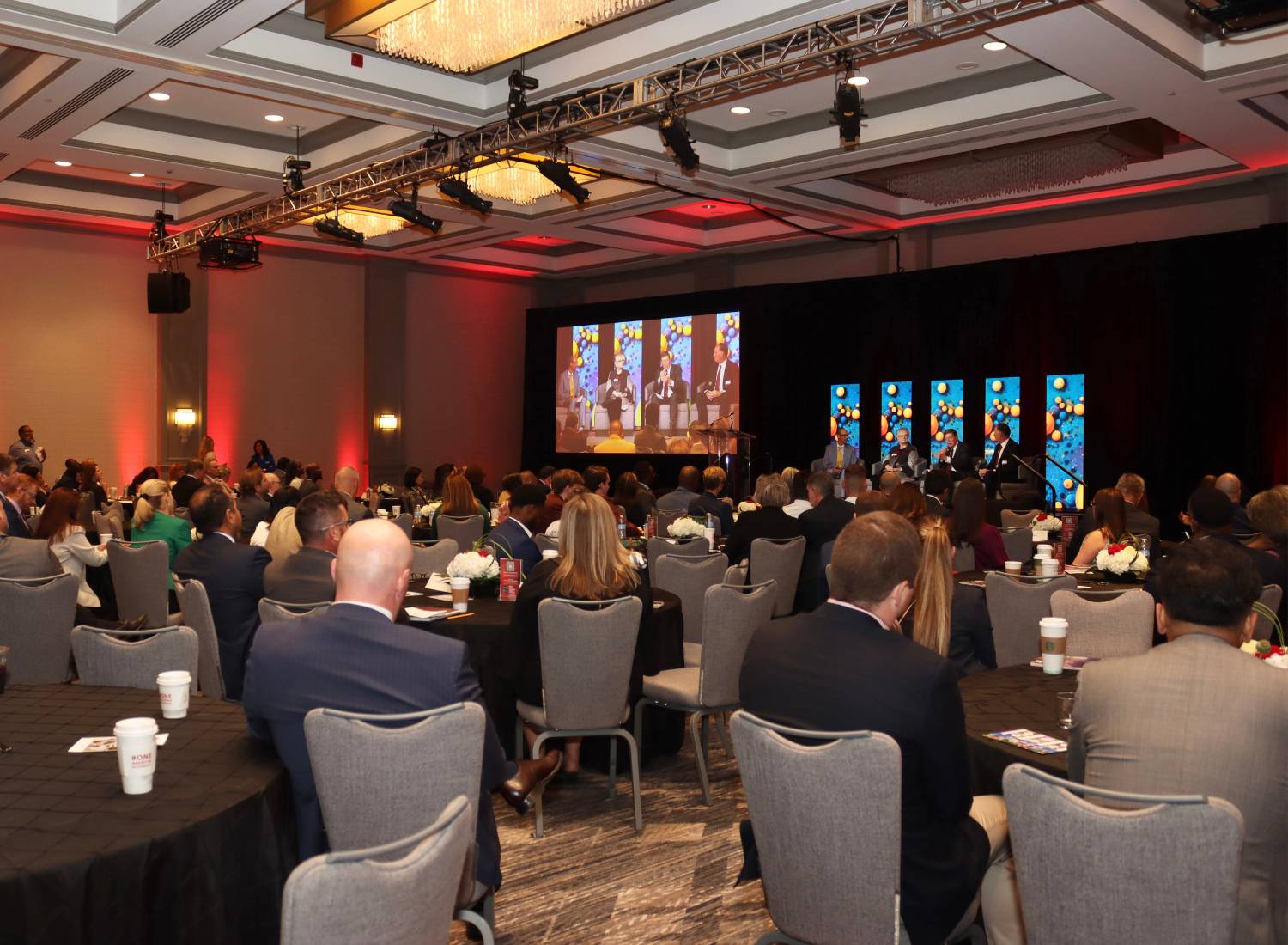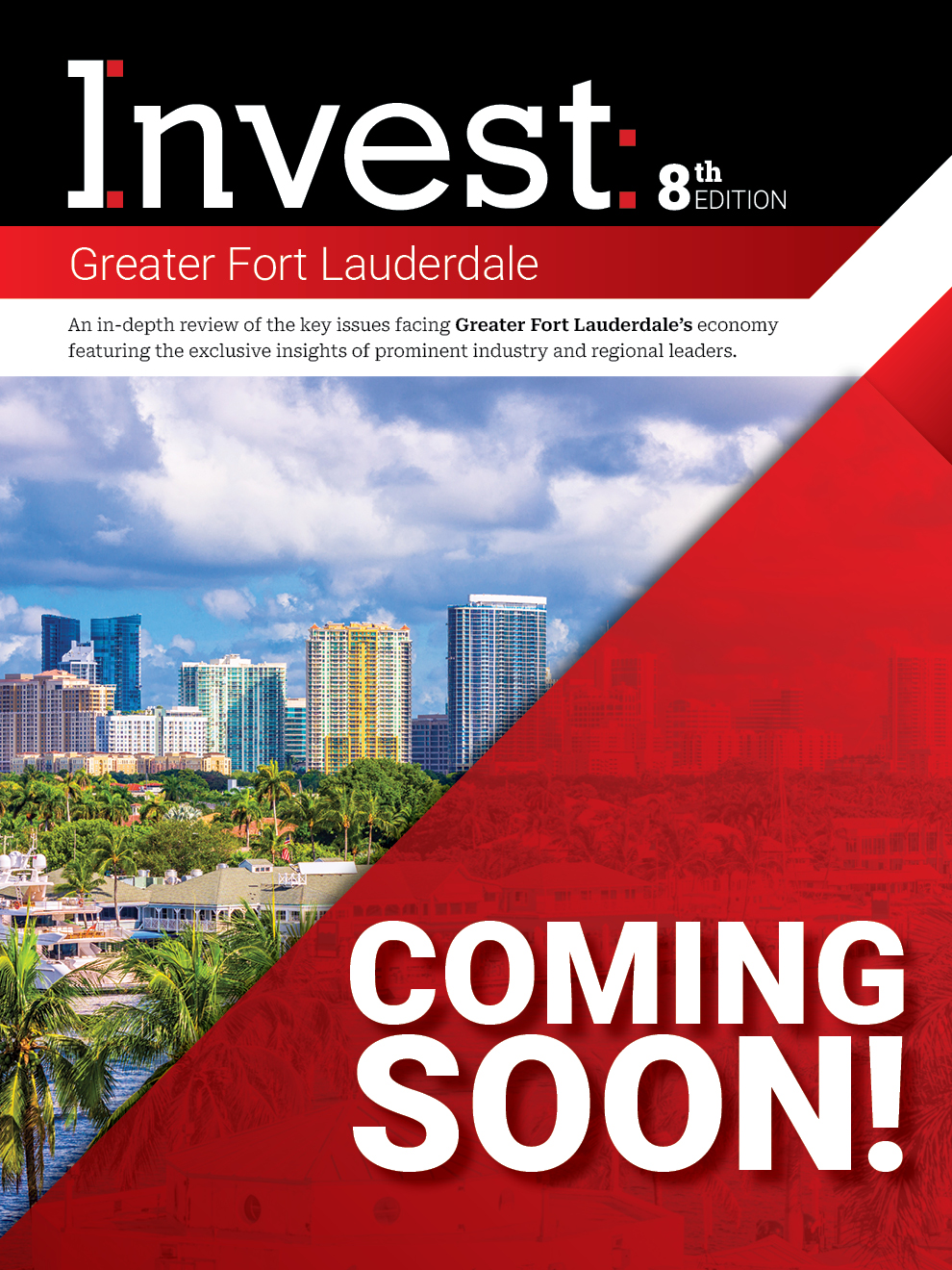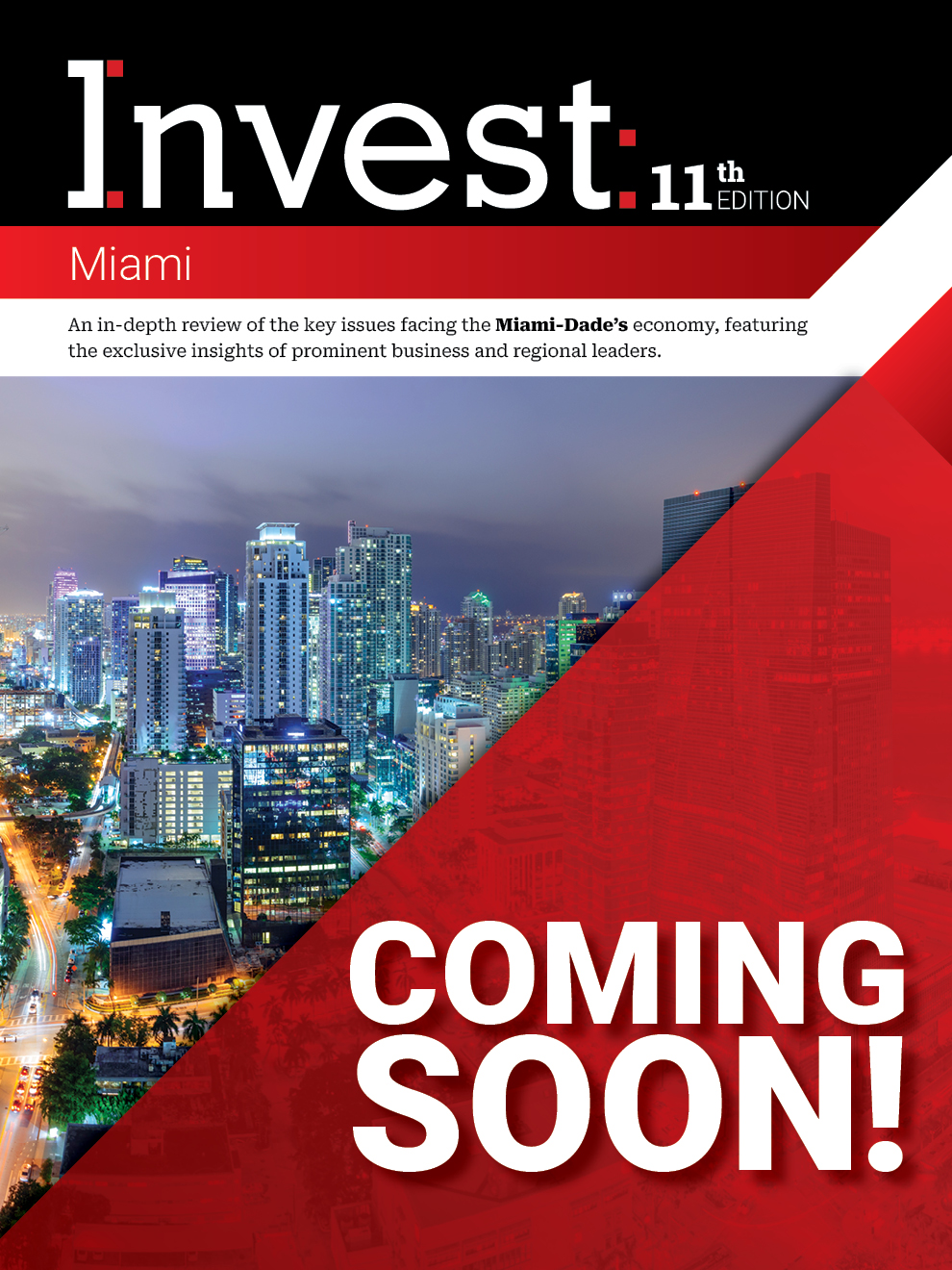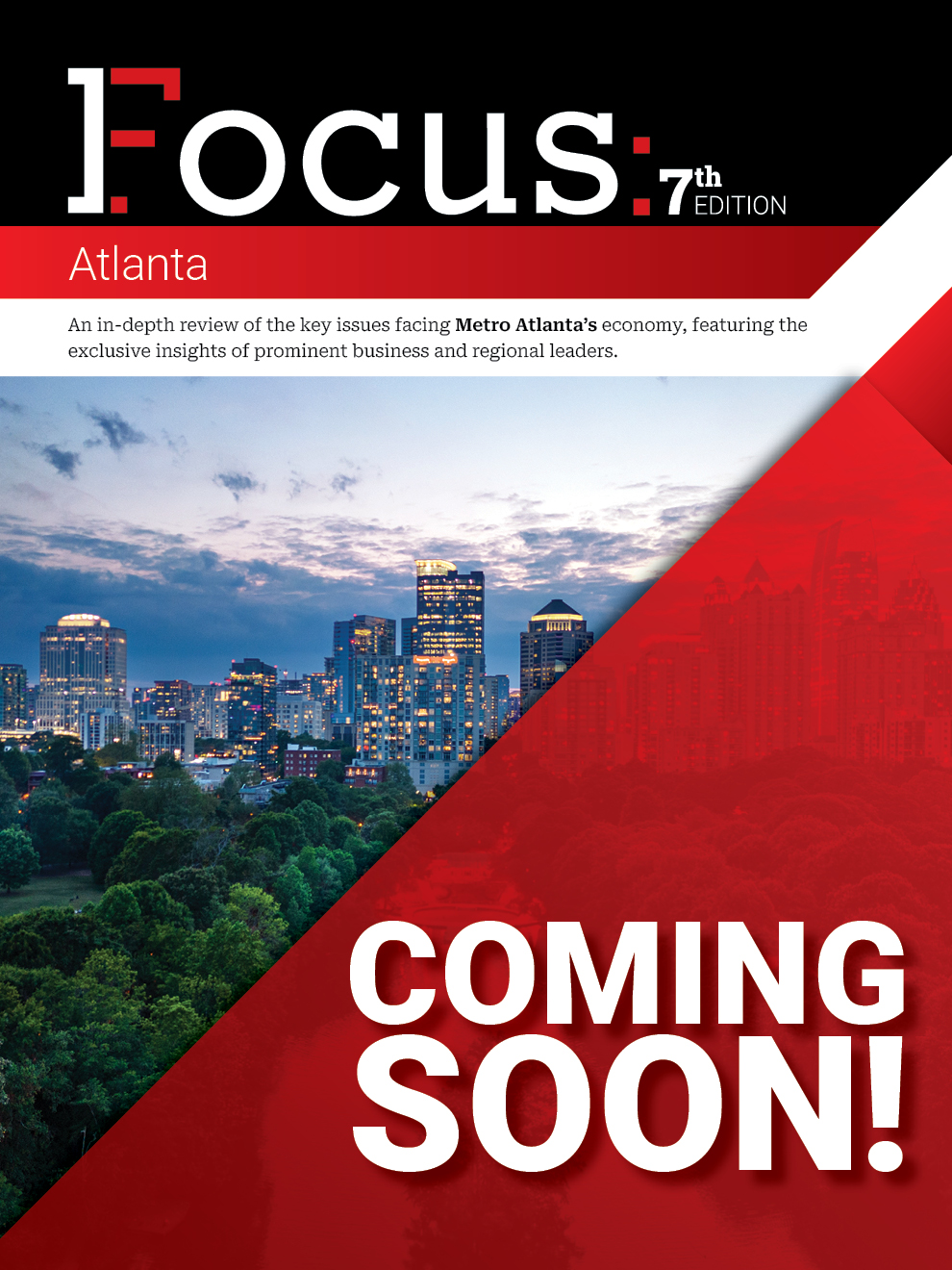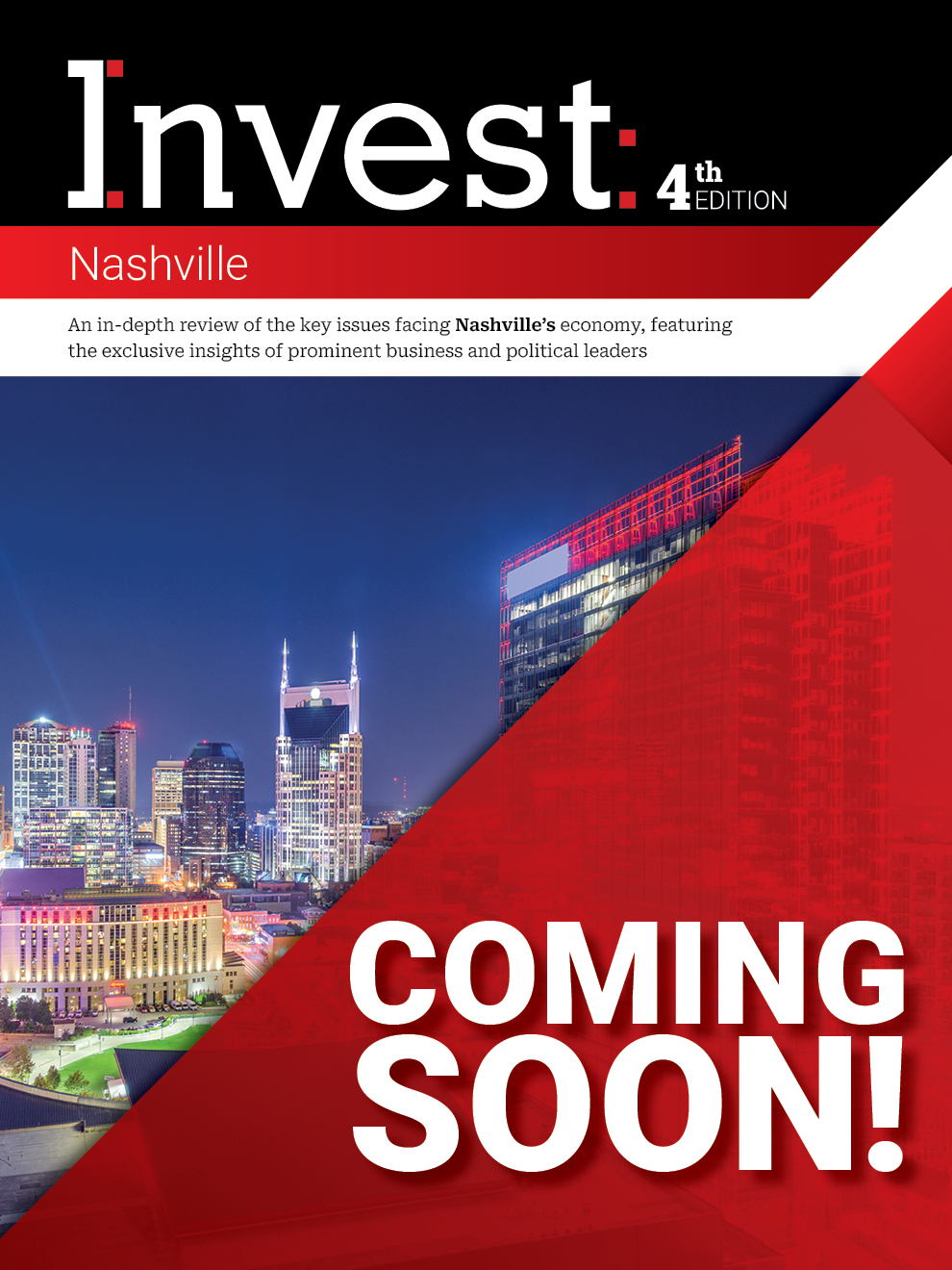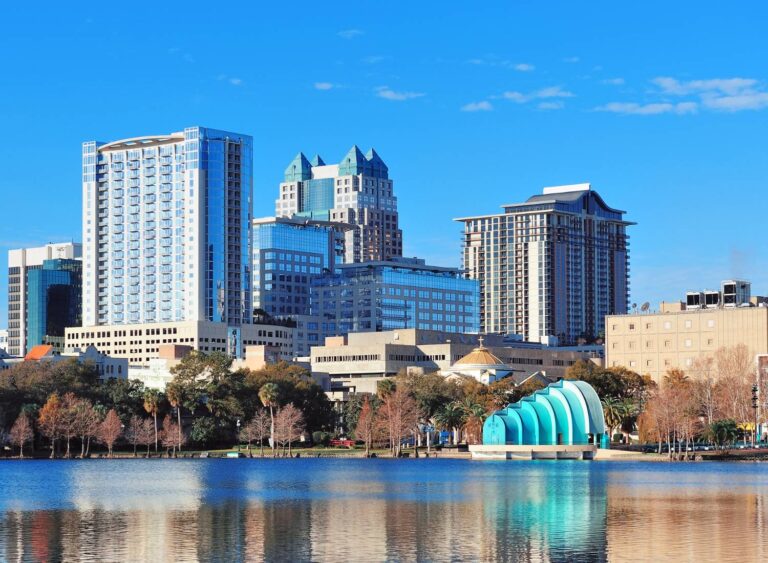Regional Review: Boston’s longevity and consistency are key indicators for growth in 2025
 December 2024 — In a year underscored by socioeconomic headwinds, including rising inflation, interest rates, labor shortages, increasing costs of living, lack of affordable housing, and limited access to healthcare, Boston’s economy has shown remarkable strength and resilience — a reminder of both the city’s longevity and history of endurance as one of the oldest places in the country.
December 2024 — In a year underscored by socioeconomic headwinds, including rising inflation, interest rates, labor shortages, increasing costs of living, lack of affordable housing, and limited access to healthcare, Boston’s economy has shown remarkable strength and resilience — a reminder of both the city’s longevity and history of endurance as one of the oldest places in the country.
“Massachusetts is the best place in the world to live. We’re ranked No. 1 in education, healthcare, innovation, and as the best place to live if you’re a woman or raising a family,” said Massachusetts Gov. Maura Healy in an interview with Invest:.
Despite a nation-wide economic downturn, Massachusetts’s GDP growth remained consistent with that of previous years with an annual increase of 1.8% and 1.9% in 1Q24 and 2Q24, respectively — 0.2 percentage points above the national average, according to the U.S. Bureau of Economic Analysis (BEA).
From June 2023 to June 2024, the Bureau of Labor Statistics estimated that Massachusetts gained 40,200 jobs with the largest gains recorded across health services, construction, education, and government. Five out of the ten largest employers in Boston are also hospitals, which account for over 18% of the city’s total employment numbers, according to the city of Boston.
Another main growth sector for the city is technology, which continues to attract major investment from public and private organizations. “Despite market challenges, Massachusetts continues to attract significant investment. In 2023, $7.7 billion in venture capital flowed to Massachusetts companies, with about $3 billion in the first half of this year. The state receives 32% of all U.S. life science VC investment, second only to California,“ said Kendalle O’Connell, president of MassBio, a not-for-profit organization that supports life science clusters.
The 2024 year also brought major developments to Boston’s budding innovation ecosystem in the Seaport District. Among them; One Boston Wharf, the largest net-zero carbon building in the city with 707,000 square feet worth of retail and office space — 630,000 square feet of which have already been leased to Amazon.
The project, led by the Massachusetts-based WS Development, consolidates Seaport’s reputation as a sustainability leader and charters the path for steady growth in the energy sector, according to the company’s Vice President of Brand and Experience Ariel Foxman.
“We’ve partnered with Sublime Systems Cement, a new MIT-developed technology that reduces CO2 emissions entirely compared to traditional cement, which is very emissions intensive. We were the first to use this (technology) in a commercial project at One Boston Wharf, applying it to the sidewalk and lobby,” Foxman told Invest:.
In addition to One Boston Wharf, WS Development also launched Harbor Way, a vertical park linking Seaport to South Boston through gateway pedestrian and cyclist corridors — which is part of a broader effort by public-private leaders to redefine Boston’s downtown district by streamlining inner-city accessibility and increasing foot traffic as a result.
“Seaport’s mixed-use development in life sciences, tech, hotels and retail drives significant traffic and opportunity. The diverse offerings attract both local and national retailers, which leads to job creation… across sectors,” Michelle Landers, executive director of ULI Boston, told Invest:.
In the first half of the year, however, demand for office spaces remained low and vacancy rates remained high before stabilizing in 3Q24, according to CBRE Research. Nonetheless, the development of Boston’s downtown area signals a road of potential recovery for the retail and office space sector in the long-term. According to CBRE, compared to 26 major U.S cities, Boston had the 4th lowest downtown office vacancy rate, outperforming big commercial markets, such as Chicago, Manhattan, Los Angeles, and Atlanta.
Despite this deceptively positive outlook, the city’s office vacancy rates still rose faster than the national average on an overall basis, leaving Massachusetts real estate developers largely vulnerable to the threats posed by high material expenses, reduced land availability, rising labor costs, and a shortage of skilled workers.
“Building in Boston is challenging and expensive. Land acquisition, material, and labor costs are high, making it difficult to build at every price point. We need to encourage builders to come in and help with these challenges. With fewer people entering trades, the shortage of skilled tradespeople further exacerbates the problem and contributes to the overall inventory crunch, driving prices up,” explained Colleen Barry, Gibson Sotheby’s International Realty’s CEO, in an interview with Invest:.
Boston’s residential real estate sector faced similar obstacles throughout the year, with interest rate volatility, soaring prices, and limited housing supply, leading to reduced demand from entry and middle-level buyers.“Unfortunately, we do not foresee a significant dip in pricing due to the persistent inventory shortage. For prices to drop, we would need a surge in property availability, which does not seem likely,” added Barry.
The median price for single-family homes in 35 Greater Boston Municipalities exceeded $1 million for the first six months of 2024 — which is 96% higher than the national average — according to the 2024 Greater Boston Housing Report. Home values continued to rise across all price points in the later half of the year according to The Zillow Home Value Index (ZHVI). The cost of living in the city continued to skyrocket as a result, being 46% higher than the average in other U.S. cities.
“One of the biggest challenges in Greater Boston is the high cost of living… High homeownership costs, combined with rising interest rates, make it tough for many to live here. This issue is compounded by inadequate public transportation, which makes commuting difficult without a vehicle. When you add in the overall cost of living and inflation, it’s a challenging situation,” Anthony Bond, CEO of Bond Brothers, a Northeast-based general contractor, told Invest:.
Public leaders continue to work on addressing some of these pressing infrastructure issues.
“Unlocking housing is critical for both our residents and the business community,” said Gov. Healy. “One key step we’ve taken is implementing the MBTA Communities Act. So far, 78 communities have committed to housing production, and 33 are now eligible for the MBTA Catalyst Fund, which provides financial support for planning these projects. With the Affordable Homes Act injecting $5 billion into housing, we’re sparking new production, which is crucial for retaining and attracting talent.”
Affordable housing, public transportation, and cost of living therefore remain one of the biggest threats for the regional economy in the near-term. The alignment between public and private partners could provide the key to weathering these economic headwinds, and pave the way for accelerated growth in the Greater Boston area. Compared to some of the fastest-growing markets in the U.S, however, Boston falls short. But the city’s consistent growth trajectory over the past year, even in light of socioeconomic hurdles, suggests lasting economic stability and solid returns in invested capital.
Looking ahead towards 2025, the strength of Boston’s tech, healthcare, and construction industries — combined with the consolidated efforts from public and private sectors to address challenges related to housing, transit, and affordability — make the city one of the safest bets for investors in the near-term.
WRITTEN BY

